During his presidency, Bill Clinton once said, “Nearly every problem has been solved by someone, somewhere. The frustration is that we can’t seem to replicate [those solutions] anywhere else.” While perhaps not every problem has a solution, and certainly some successful innovations have been reproduced, there is a lot of truth in this statement.
When it comes to improving learning around the world, we know much more about what is working in a particular location but much less about how to expand, replicate or deepen those results to reach the millions of children who need them elsewhere. The question is where have we been successful in bringing solutions to more people and what can we learn from those experiences?
In an effort to address this question, our Millions Learning project is looking at where and how large-scale improvements in learning have been achieved. As part of the 18-month process, we have been speaking with a number of practitioners, policymakers, donors, investors and academics engaged in this topic of “scaling.” While we are still early on in the project and its analysis, there are a few key messages emerging from these conversations that we will need to keep front and center.
-
Avoid the False Trade-off of “Quality vs. Scale”
Conventional scaling wisdom holds that the simpler and more mechanized an intervention, the more easily it can be scaled. Meanwhile, it is fair to say that education—and learning in particular—is anything but that. Learning involves changing behavior and altering mindsets, activities that often require human-centric, flexible interventions that take time to have an impact. These characteristics tend to be at odds with going to scale. For example, even though students in an alternative secondary education program in Honduras scored higher on tests than students in traditional schools, some parents and teachers were resistant, as they believed alternative education to be an inferior form of schooling (Murphy-Graham, 2012; McEwan et. al, 2013).
There is a debate as to how much standardization in education is advisable—or even feasible. Some argue that it is possible to simplify more complex projects through greater standardization. The low-cost private school in Kenya, Bridge International Academies, has grown exponentially while improving student’s achievement scores through its academy-in-a-box approach. Others argue that simplification will undermine quality, which ultimately is what improving learning is all about.
Rather than debate the merits of standardization versus customization, what evidence does suggest is that it is possible to unbundle complex interventions and replicate core components without compromising quality. A recent report cites the US-based KIPP, or “Knowledge is Power” program as an example of how unbundling a program allowed it to be more easily evaluated and how successful components of the program could then be replicated through a new, lower-cost model that was also more effective in producing outcomes.
-
Discuss Failures on the Way to Success
One thing that is clear when it comes to scaling and learning is that there is great interest in understanding where scaling hasn’t worked. It could be that misery loves company, but I suspect it is the recognition that often there is as much, if not more, to learn from understanding the cause of failures as successes. People want to understand why certain interventions at scale didn’t work under particular contexts, how adjustments were made to address this (if at all) and what lessons could be relevant for future scaling efforts.
Despite this demand, there is little documented and shared when it comes to the reasons behind when scaling has gone askew. This is partly because it is a challenge to identify and isolate the specific things responsible for why scaling hasn’t occurred. It may also be a result of the disincentive to report failures. In our outreach efforts to identify case studies to profile in Millions Learning, we found it also had a lot to do with how questions are asked. No one likes to tick a box as a “scaling failure” but many are open to sharing adjustments made as a result of learning from what hasn’t worked. Regardless of the specific reasons, there is a need for better incentives among donors, in particular, to encourage reporting and sharing of scaling challenges. This includes a greater appreciation that scaling rarely occurs along a linear path but requires ongoing learning and course-corrections made along the way.
-
Recognize the Spectrum of Scaling Pathways and Approaches
If scaling gets a bad rap, it might be that it is often conflated with the idea of wholesale replication—that we will find a gold-plated solution somewhere and then export it around the world. The reality is that there are many different approaches to scale with replication only being one. In some cases, a franchise model is most appropriate. Take Aflatoun, for example, which scaled up its financial and social skills program in 103 countries through a social franchise model, using a centralized model with core principles that local organizations then take up and make their own. In other cases, it is a more organic process of diffusion, whereby an idea or innovation spreads spontaneously to reach a greater number of people or more diverse populations. The ALS ice bucket challenge is an example of this, after it went viral on July 29 and since then has raised over $115 million. What evidence and experience around the world suggests is that there is not one blueprint for scale—but there do appear to be some key ingredients or principles that contribute to greater impact and scaling success.
The Brookings Institution is committed to quality, independence, and impact.
We are supported by a diverse array of funders. In line with our values and policies, each Brookings publication represents the sole views of its author(s).

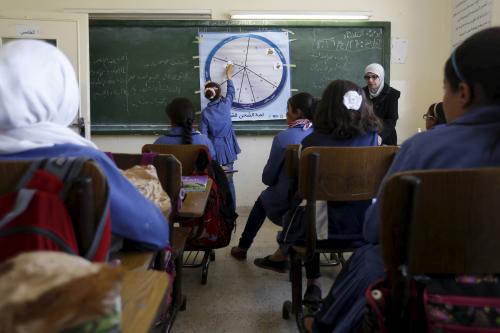
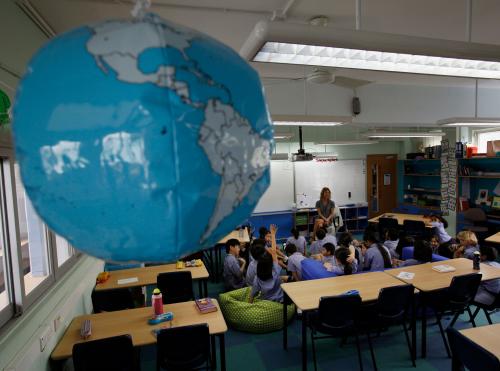
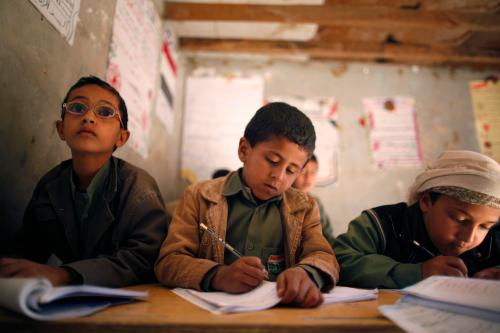

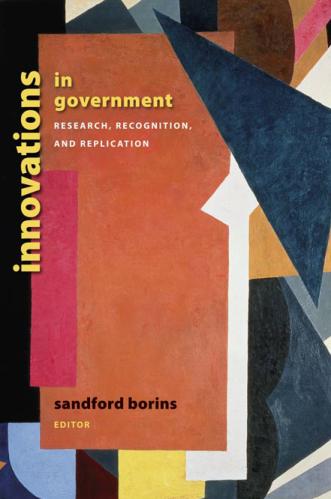
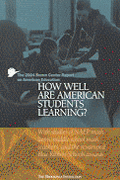




Commentary
How to Scale Up Learning: Some Early Thoughts From the Millions Learning Project
October 14, 2014